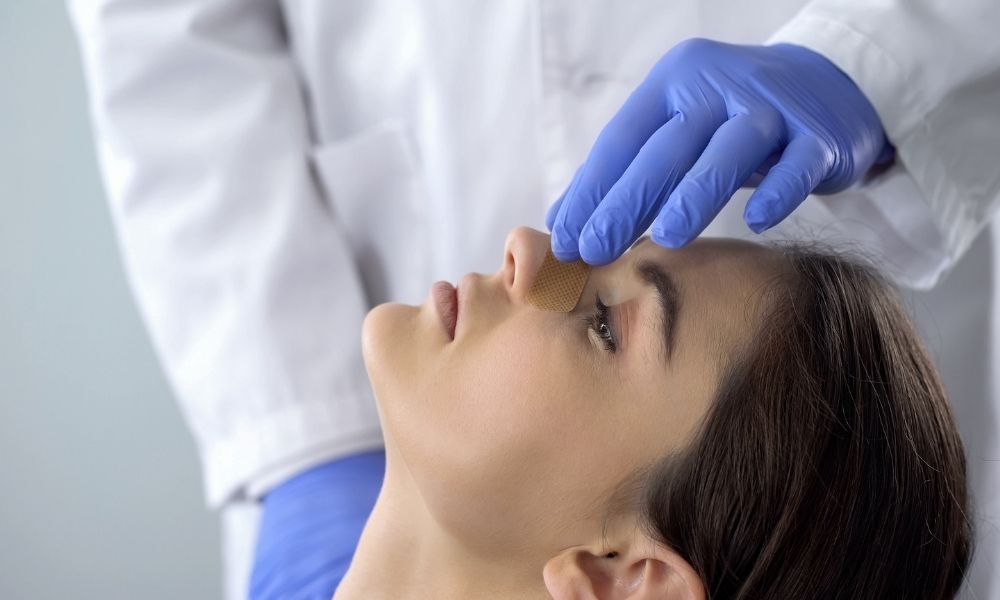Pervasive breathing problems from chronic sinusitis and obstructive sleep apnea can severely impede your quality of life. Fortunately, in the last fifteen years, a simple and minimally invasive outpatient procedure known as balloon sinuplasty has made it possible for people to get that quality back. In this guide to balloon sinuplasty, we’ll examine its history, the procedure, its aftercare regimen, and whether it’s right for you.
The Origin
Balloon sinuplasty has its origins in angioplasty. Dr. Joshua Makower, a physician who also holds a degree in mechanical engineering, was a longtime sufferer of chronic sinusitis. After years of being unable to qualify for an endoscopic procedure—the standard surgical intervention at that point—he realized that the principles of angioplasty, in which balloon catheters open obstructed arteries to restore blood flow, were equally applicable to the sinuses. With the help of fellow engineers, Dr. Makower devised nasal variations on the balloon catheters doctors used in angioplasty. In June 2004, Dr. Makower’s firm began pursuing FDA approval for balloon sinuplasty and quickly achieved it in April 2005.
What the Procedure Looks Like
Balloon sinuplasty is an attractive alternative to other treatments for sinusitis and sleep apnea because of its ease and permanence. If you and your doctor choose to pursue it, you’ll be amazed by how simple the procedure is. Using only a local anesthetic and optional light sedation, your ENT will use the balloon catheter and an endoscope to reach the sinuses. With careful outside guidance, the catheter goes up the nose and inflates, breaking and remodeling the tiny and fragile bones within. By moving these bones by mere millimeters, doctors can give patients relief from sinus inflammation and obstructive sleep apnea. It’s an in-office outpatient procedure that often takes only 75 to 90 minutes.
Recovery
Following a successful balloon sinuplasty procedure, there are some small but necessary precautions you’ll have to take, so keep this guide to balloon sinuplasty recovery in mind. For the first week, you’ll need to avoid vigorous exercise or any activities that will elevate your heart rate. With your nose’s sensitivity in the wake of surgery and the tiny blood vessels that reside throughout the nose, getting the blood pumping is a bad idea in the beginning. You will experience some bloody nasal discharge as you recover, but as you do, resist the urge to blow your nose—it’s not ready for that level of pressure yet. Instead, dab at your nose with a tissue to pick up any discharge from the sinuses. Expect to deal with some inflammation at the site of the procedure, but do not treat the swelling with NSAIDs, which can cause increased bleeding. After five to seven days, you should be able to begin reintroducing regular daily activities.
Considering Balloon Sinuplasty
If you have suffered from chronic sinusitis or obstructive sleep apnea and exhausted other options, balloon sinuplasty may be right for you. Allergy & ENT Associates provides balloon sinuplasty in the Houston area, helping East Texans resume healthy lives with unimpeded breathing.

